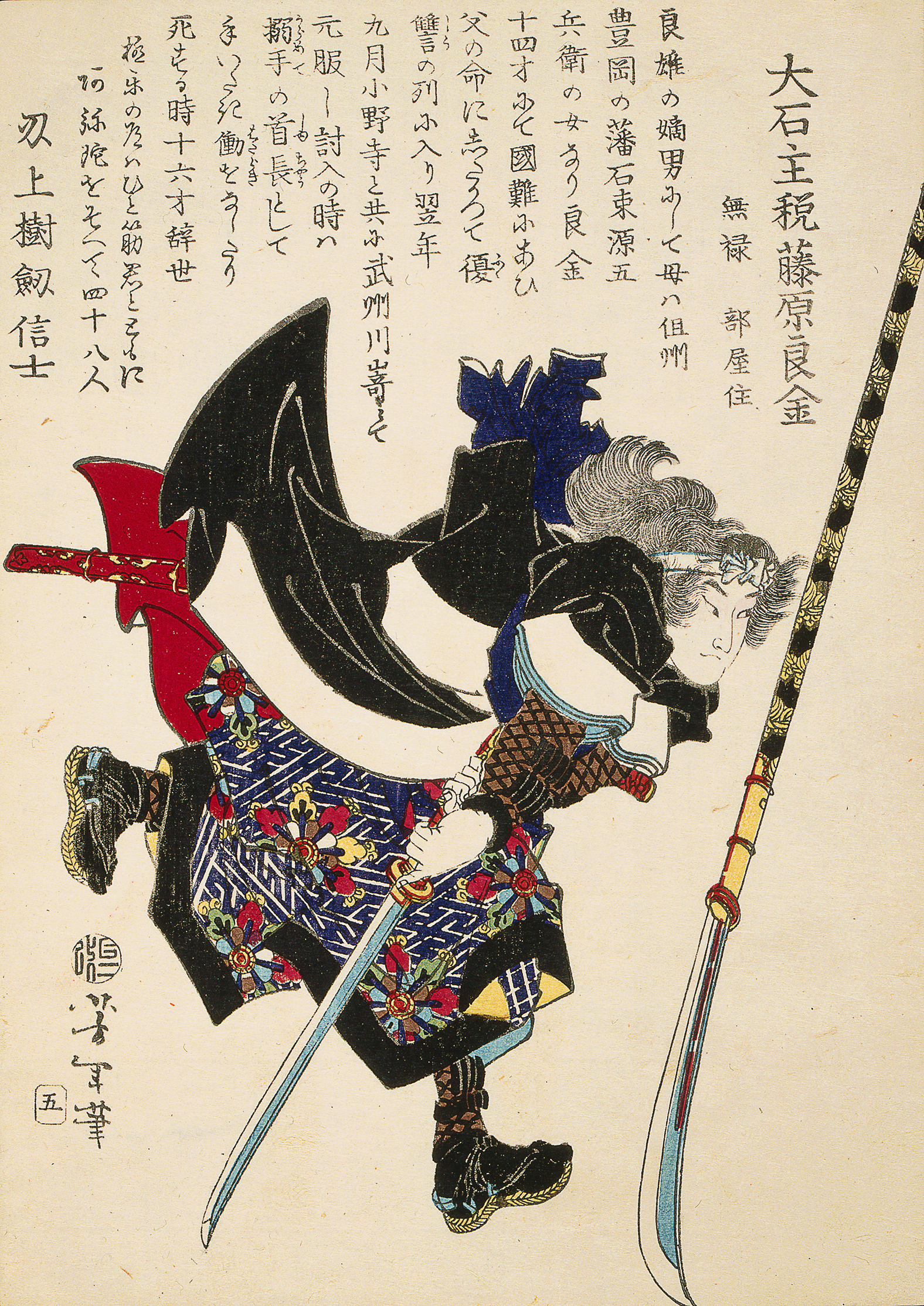 |
| A Ronin, or masterless samurai, lunges forward. |
Marc Epstein, the Ronin Teacher, is once again a wandering warrior. After being plucked off the ATR rolls for a position at Jamaica H.S., Mr. Epstein has recently learned that he will be excessed once again. The reason? Because Jamaica H.S., like almost all of the city's once-great large comprehensive high schools, is being broken up into several mini-schools--schools that will be staffed, of course, by young, cheap, inexperienced teachers. No room for expert veterans like Mr. Epstein.
In the meantime, Mr. Epstein scours the Open Market for positions, and contributes insightful articles to publications like the Huffington Post. Here is his latest:
It would appear that when students don't attend school, they don't get educated in ways that are productive for them in particular, and society at large.
Teachers have long known this to be the case. Now the issue is being joined by politicians, fueled by a Johns Hopkins study that found that 15% of American school children have been labeled chronically absent for missing one school day in ten. In New York City the number is 20%.
With only a few weeks remaining in the current school year, New York City has launched a multi-million dollar advertising campaign that asks, "It's 9:00 AM Do You Know Where Your Kids Are?"
Prior attempts at reducing truancy have included celebrity messages and "robo" calls made to the homes of the chronically absent by famous rappers to encourage attendance. Parental responsibility remains a touchy issue. While Bloomberg pointed his finger at parents, he maintained that it's up to the schools to ensure that their students are in attendance.
The problem isn't unique to New York City. Buffalo's teachers refused to have students who were chronically absent factored into their evaluations. The state refused to release Race To The Top monies until an agreement was reached. But there were no solutions that offered any real hope of reversing the staggering number of truants, save the tired nostrums of increased counseling and more parent outreach.
 |
| "Alexander the Great Cuts the Gordian Knot," by Johann Georg Platzer (c. 1730) |
At the end of the day, neither public service messages, nor increased cooperation between schools, police, and social welfare services will cut the truancy Gordian Knot.
That's because the truancy statistics are a fairly accurate reflection of the number of students who don't want to be in school. They don't want to be there, especially high school students, who represent the largest percentage of truants, because they arrive in high school incapable of performing on a high school level.
Click here to read the complete article.
No comments:
Post a Comment